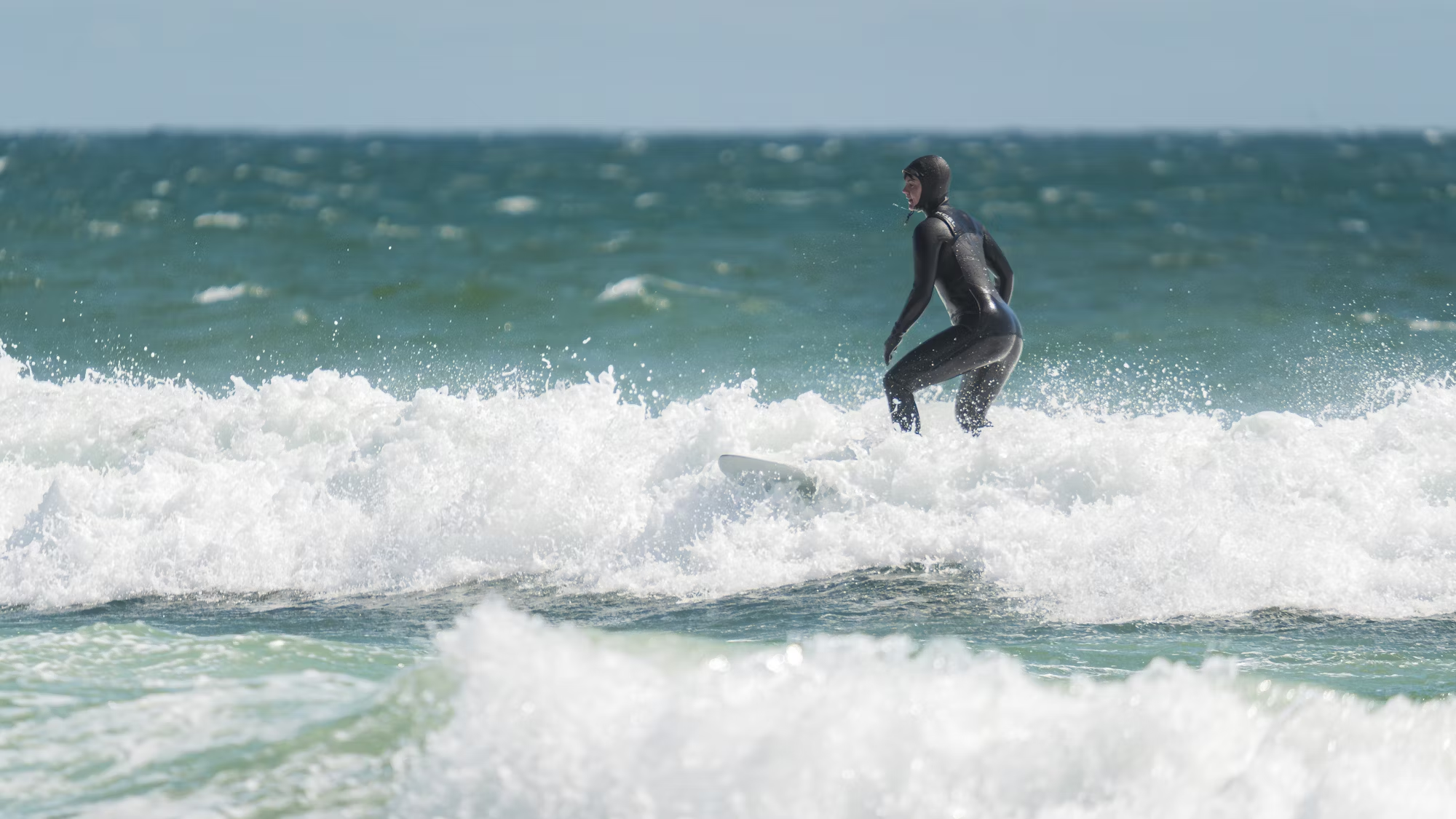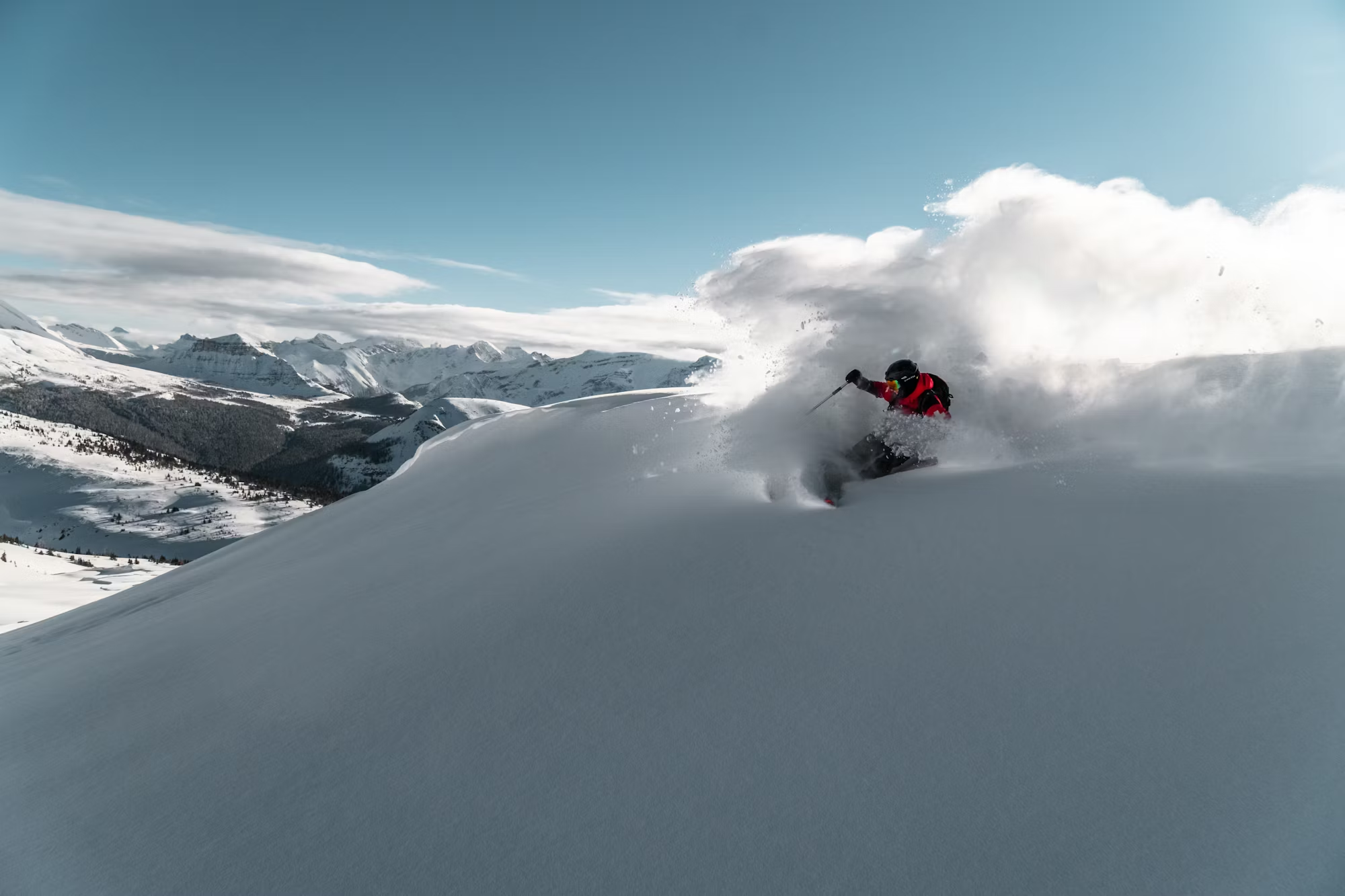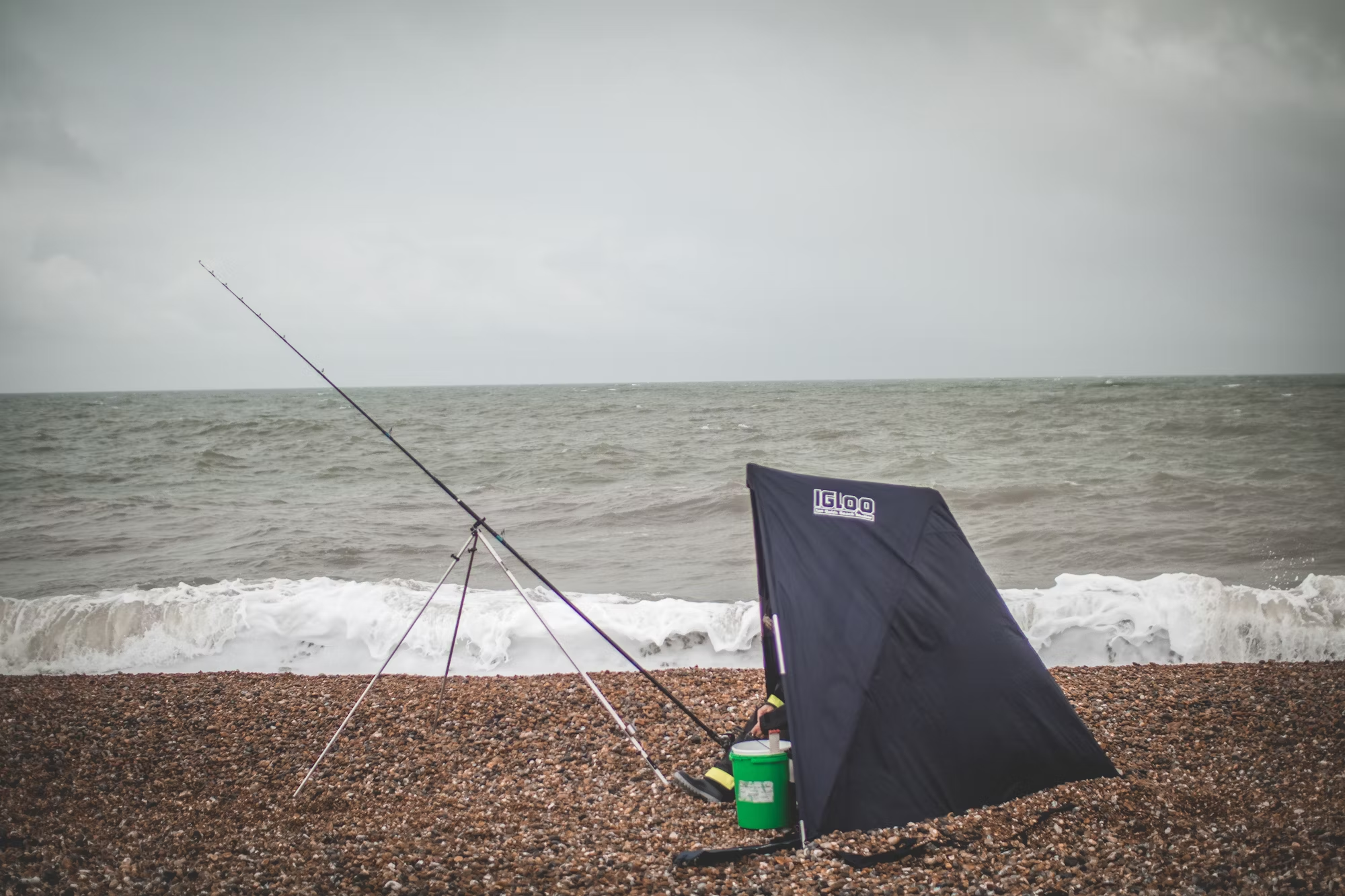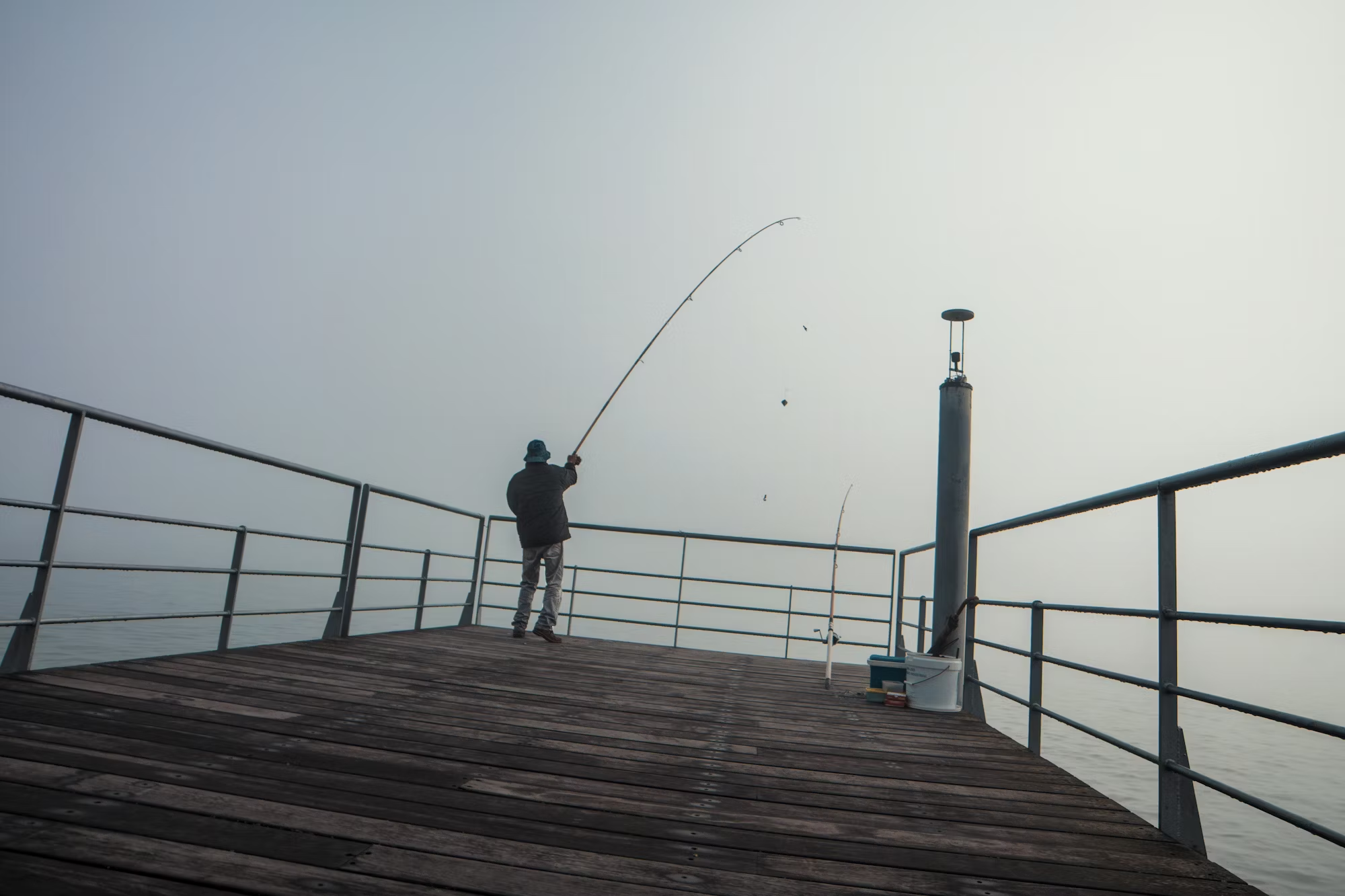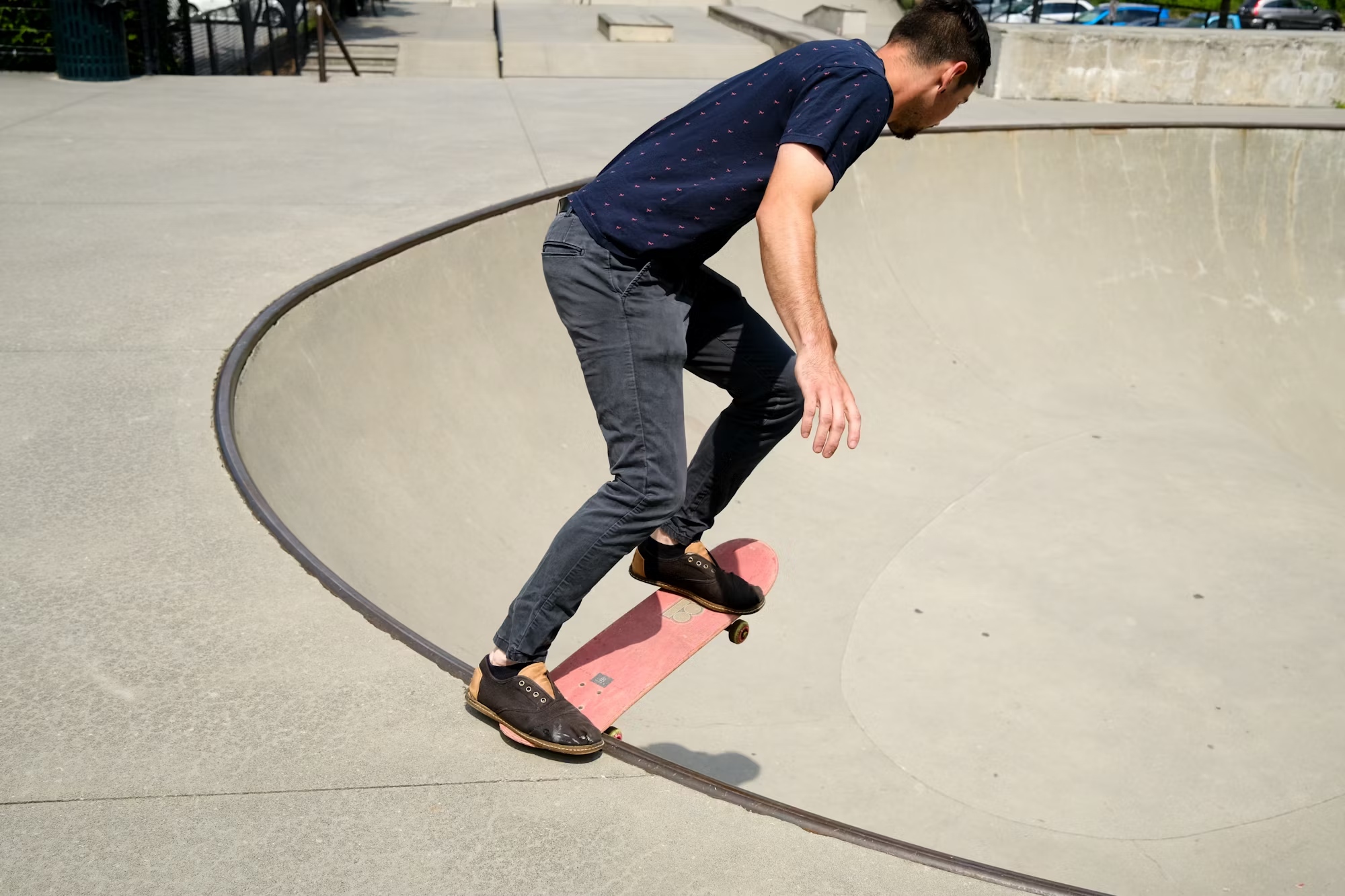Surfing is more than just a sport; it’s an adventure that connects individuals to the ocean and fosters a vibrant community. From the thrill of catching a wave to the tranquility of waiting for the perfect swell, surfing offers a unique blend of excitement and serenity. In this article, we will explore different styles of surfing, essential techniques for all surfers, and the rich culture that defines this beloved pastime.
The Diversity of Surfing Styles
Surfing encompasses a variety of styles, each offering a distinct experience on the water. The primary styles include shortboarding, longboarding, bodyboarding, stand-up paddleboarding (SUP), and tow-in surfing. Understanding these styles can help aspiring surfers choose the right approach for their skills and interests.
Shortboarding: Fast-Paced and Dynamic
Shortboarding is arguably the most popular form of surfing, characterized by its use of smaller, lighter boards that measure between 5 to 7 feet in length. This style focuses on speed, agility, and high-performance maneuvers. Surfers often perform tricks like aerials, snaps, and cutbacks, all requiring a high level of skill and quick reflexes.
To excel in shortboarding, mastering paddling techniques is essential. Effective paddling involves long, powerful strokes to gain momentum and position oneself in the best spot for catching waves. Surfers must also develop the ability to read the ocean, identifying where the waves will break and when to take off. This style of surfing offers an adrenaline rush, making it a favorite among thrill-seekers.
Longboarding: Elegance on the Waves
In contrast to shortboarding, longboarding emphasizes smooth, flowing movements. Longboards, which are typically over 9 feet long, allow surfers to engage in classic maneuvers such as noseriding and cross-stepping. This style is known for its graceful approach and encourages surfers to ride smaller, more forgiving waves, where they can showcase their style and artistry.
Noseriding, in particular, is a hallmark of longboarding. It involves walking to the front of the board and balancing on the nose while riding the wave. This maneuver requires excellent balance and a deep understanding of wave dynamics. Longboarding fosters a connection with the ocean, encouraging surfers to appreciate the beauty of their surroundings and the meditative nature of the sport.
Bodyboarding: Accessible and Fun
Bodyboarding offers a different perspective on wave riding, using a smaller, rectangular foam board. Surfers lie on their bellies or knees, making it accessible for beginners and providing a fun experience for all skill levels. Bodyboarding allows riders to catch waves closer to the shore, often performing spins, rolls, and aerial tricks.
The drop-knee position is particularly popular among bodyboarders, allowing for enhanced maneuverability. This style encourages creativity, as surfers can experiment with various tricks and techniques. Bodyboarding not only serves as a fantastic introduction to wave riding but also allows experienced surfers to enjoy a different challenge in the water.
Stand-Up Paddleboarding (SUP): Versatility and Fitness
Stand-Up Paddleboarding has surged in popularity in recent years, known for its versatility across different water conditions. Surfers stand on larger boards and use a paddle to navigate, making SUP an excellent workout and recreational activity. It can be enjoyed on calm lakes, rivers, and even in the surf, appealing to a broad audience.
SUP not only enhances fitness through core engagement and balance but also allows for diverse activities such as yoga on the water. This adaptability makes it an appealing choice for those looking to connect with nature while enjoying a physical challenge. The combination of exercise and relaxation contributes to the growing appeal of this style of surfing.
Tow-In Surfing: For the Adventurous
Tow-in surfing caters to those seeking the ultimate adrenaline rush. This technique involves being towed into larger waves by a personal watercraft, allowing surfers to catch massive swells that would be nearly impossible to paddle into. It requires a deep understanding of ocean dynamics and safety protocols.
The excitement of riding a giant wave is unmatched, but safety is paramount. Effective communication between the surfer and the tow operator is crucial, as is a solid grasp of the conditions. Surfers who master tow-in surfing can explore new possibilities, tackling some of the biggest waves in the ocean and pushing their limits.
Essential Techniques for All Surfers
Regardless of the style of surfing, certain foundational techniques are critical for success on the water. Mastering these skills not only enhances performance but also increases overall enjoyment.
Paddling: The Key to Success
Paddling is the cornerstone of surfing. Effective paddling requires long, fluid strokes to build speed and position. Surfers should keep their bodies centered on the board and use their arms in a rhythmic motion while maintaining balance by looking forward.
Practicing paddling in calm waters can improve endurance and strength, making it easier to catch waves. Strong paddlers are more confident, significantly increasing their chances of success during a surf session.
Positioning: Where to Be
Understanding where to position oneself in the lineup is vital for catching waves effectively. Surfers should aim to position themselves slightly inside the peak of a breaking wave. By observing the movements of other surfers and the conditions of the waves, surfers can enhance their chances of catching waves while promoting a safer environment in the water.
Turning Techniques: Mastering the Cutback
Mastering turning techniques is essential for maintaining speed and flow while riding waves. The cutback is a fundamental maneuver that allows surfers to redirect their momentum back toward the breaking section of the wave. To execute a cutback, shift your weight to your back foot and lean into the wave, effectively changing direction.
Practicing cutbacks in various conditions will enhance a surfer’s ability to navigate different wave types and maintain speed throughout the ride. This maneuver not only adds style to surfing but also showcases the surfer’s ability to read and respond to the wave’s dynamics.
The Culture of Surfing
The culture surrounding surfing is rich and diverse, characterized by a strong sense of community and deep respect for the ocean. Engaging with fellow surfers fosters connections and encourages sharing experiences and knowledge. Local surf events, competitions, and beach clean-ups create opportunities to strengthen community ties while promoting environmental stewardship.
Many surfers advocate for ocean conservation, understanding the importance of protecting the environments they cherish. By participating in local initiatives, surfers contribute to the health of the oceans and inspire others to adopt sustainable practices. The sense of belonging within the surfing community enhances the overall joy of the sport, creating lasting friendships and shared experiences.
Conclusion: A Lifelong Journey
Surfing is a lifelong journey filled with challenges, excitement, and personal growth. Whether you are drawn to the adrenaline of shortboarding, the elegance of longboarding, or the accessibility of bodyboarding, there is a place for everyone in the surfing community. Embracing the diversity of styles and mastering various techniques deepens your connection to the ocean and the sport itself. So grab your board, hit the waves, and immerse yourself in the beauty and thrill of surfing. Each wave offers a new opportunity waiting to be explored.
